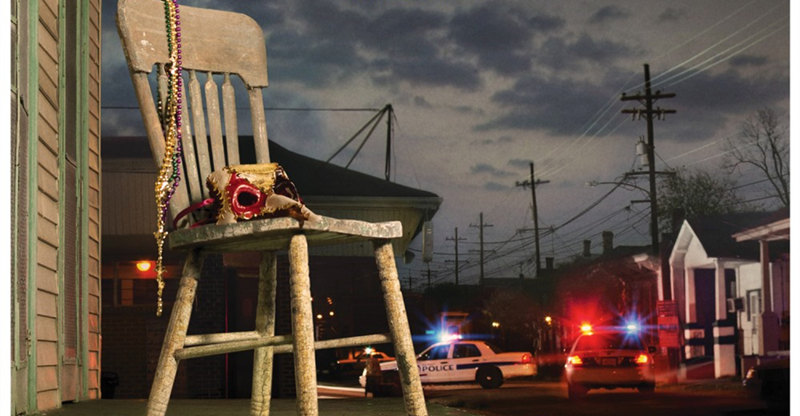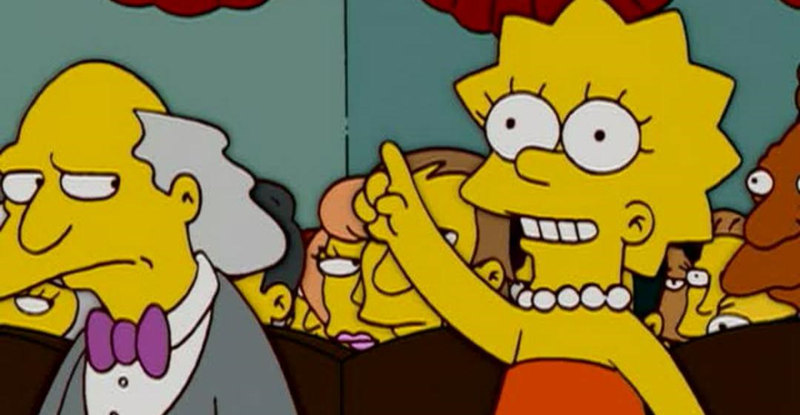When my wife and I first saw “Nosferatu the Vampyre” in a theater, a man behind us said to his companion, “I can’t believe this movie; it’s just like every other “Dracula” I’ve ever seen.” No, I wanted to tell him before my wife told him to be quiet, every other Dracula film is just like this one.
Bram Stoker published his novel “Dracula” in 1897, and its first film version was adapted for the screen by the German Expressionist director F.W. Murnau in 1922. For copyright reasons Murnau titled it “Nosferatu,” meaning something like “the undead” or “beyond death.” The present film, made by German director Werner Herzog in 1979, is a respectful remake of that early silent one. It is neither scary nor brutal, as most later vampire pictures tended to be. Instead, it is moody, mesmeric, and entrancing. Its appearance on DVD provides a useful contrast to its bloodier cinematic counterparts.
The story will be routine to “Dracula” fans, although Herzog and Murnau invest it with a few twists of their own. Real estate agent Jonathan Harker is summoned to Transylvania to sell a new home-away-from-home to the Count. Harker leaves his young wife, Lucy, behind in Holland while he travels the route through the Borgo Pass. The trip to the castle takes up a full half hour of screen time and may seem at first viewing overlong; but, in fact, it is one of the best, most atmospheric, parts of the movie, with beautiful visual imagery and selections from Wagner’s “Das Rheingold” playing in the background. It builds to our first glimpse of the ghostly, ruined castle, all mist enshrouded, half real, half imaginary. Now you see it; now you don’t, as in a dream.
Then, almost a third of the way into the movie, we meet Dracula, more repugnant than the aristocratic personage we’ve come to know. The second half of the film follows Dracula’s activities in his new locale, bringing a horde of rats and the Black Death with him. It is in this last half that the story becomes somewhat static and begins to overstay its welcome, at least until the inevitable conclusion. The ending, taken partly from Murnau’s old rendering and partly from Herzog’s own imagination, is fresh and satisfying.
Familiar the story may be, but among the things that are clearly different about “Nosferatu the Vampyre” is the look and appearance of the monster himself. This is no Bela Lugosi in flowing black cape or Christopher Lee with dripping fangs. Klaus Kinski plays Dracula much as the character was first portrayed in 1922. His aspect is cadaverous and rodent-like, with long, curled fingers and nails, a bald head, bat-like ears, and two, sharp, extended incisors dominating his features. Maybe not quite so loathsome as Murnau’s original monster, Kinski is suitably creepy and, better yet, invests his portrayal with more sympathy. He is what he is and can’t help it, and we see that he is more than a little sorry for himself. He is a melancholy creature, unhappy with his eternally miserable condition yet unable to do anything about it.
Isabelle Adjani plays Lucy, the story’s heroine; her ravishing looks and pale countenance contribute to her seeming to have just stepped out of a silent movie. Bruno Ganz plays Jonathan Harker; he is stolid at best. Roland Topor is the harebrained Renfield, cackling with maniacal glee from the outset.
And finally, I should note that Walter Ladengast as Dr. Van Helsing and Martje Grohmann as Mina have much smaller parts in this movie than in almost any previous interpretation of the story. Blink and you’ll miss them.
Video:
“Nosferatu the Vampyre” is without question Anchor Bay’s best DVD production to date. They provide not only the original German-language version, with or without English subtitles, but a full-length English-language version as well. They say “full-length” because until now the English version was only available in a rendition shortened by some ten minutes. The 1.85:1 screen ratio preserves the film’s theatrical size, and delineation is reasonably sharp. The colors are a little subdued in tone, but they are actually brighter than I remember them from the movie house. In any case, the picture is good and the film stock clean.
Audio:
For the German-language edition, the choices for sound include two-channel Dolby Surround or reprocessed Dolby Digital 5.1. The latter selection opens up the rear channels a bit more, but be aware than the film’s basic stereo was fairly limited to begin with in left-to-right spread. Nevertheless, it is smooth and natural and delivers adequate rear-channel ambient information, especially in selections of classical background music. The English-language edition on the flip side, however, is in monaural only. Don’t know why. I’m sure that is how the film came to Anchor Bay.
Extras:
In terms of extras, Anchor Bay provide a fifteen-minute behind-the-scenes documentary on the making of the film and a feature-length audio commentary by director Herzog and interviewer Norman Hill. They also give us two U.S. trailers and one Spanish trailer. Another first. It is an above-average DVD package and represents more than fair value.
Parting Thoughts:
“Nosferatu the Vampyre” may not seem very original, but it remains one of the best remakes of an old picture ever done. It’s creepy, it’s silly, it’s chilling, and always fascinating. In the end, it’s just fun looking at.


